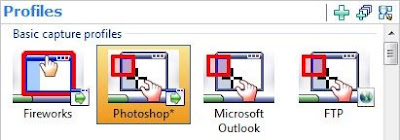Indian IT’s cost cutting spree is intensifying. Apprehensive of a recession in the US, technology firms have embarked on a conscious budget shrinking exercise, under which even travel bills are going under the scanner.
It is not just about those frequent global jaunts techies go for. The spending on upcountry client visits is also being tightened. Senior executives, including in vice-president and GM levels, are being asked to travel by cabs, that too with one or two other colleagues.
A week ago, Vipin Mohan, vice-president with an MNC, was asked to make a client visit in Hyderabad. “We normally fly on such visits. This time, a couple of other colleagues and I were asked to take a cab to Hyderabad. It was cumbersome, exhaustive and time consuming. But our company made it clear that it was on a cost-cutting drive, so we had no choice.”
A return AC cab with infotainment on board costs Rs 7,500 to Hyderabad, Rs 5,000 to Chennai and Rs 7,500 to Kochi from Bangalore, against the return air fare (for a single person) of Rs 4,500 to 6,500, Rs 3,000 to 4,000 and Rs 3,500 to 4,500 respectively.
“The logic is that at least three employees can get to a client’s location and return at a minimal cost. The same cab can be used for local logistics support at the client’s place, which again is economical,” said a logistics in charge of a tier 1 tech major.
Says Rohan Murthy, product head of a leading software R&D firm “I can’t understand why companies are getting so paranoid of the recession. My friends and family used to always see me flying on work. Now they are amused to hear about my taxi trips.”
A large number of techies are experiencing this plight -- taking taxis instead of ‘taxiing’ on airport runways.
Several large tech firms and BPO companies have already started floating emails and departmental circulars on cost cutting on travel, say industry sources.
Companies that used to foot return air tickets for their fresh/junior recruits also are shying away, by replacing the trips with III AC and Volvo fares.
Some enterprises have also started using hired buses to ferry their large volume recruits to cut costs.
























